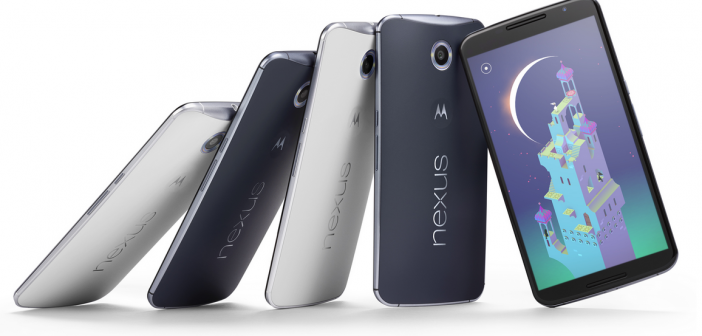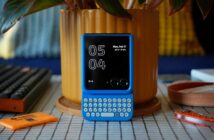Ex-Motorola Mobility CEO Dennis Woodside has spilt the beans on the indent on the Nexus 6 in an interview with The Telegraph, claiming it originally was meant to house a fingerprint sensor.
Users would be able to place their finger on the indent Moto logo, and it would allow them to access the smartphone and potentially pay for digital goods, similar to Apple’s Touch ID.
This idea was scrapped once Apple—the creator of Touch ID—acquired the leader in fingerprint authentication AuthenTec for £236 million. The acquisition took AuthenTec off the market, forcing Motorola to check out the second best operation on the market.
Turns out AuthenTec was years ahead of even the second best, leading Motorola to scrap the job. Samsung, HTC and others have committed (and failed) with their own fingerprint sensors using alternative technology, making Touch ID look even better.
What looks like a smart move from the offset is a huge economic and feature advantage for the iPhone in 2015, unless some other fingerprint company has improved massively over the past two years.
Touch ID is the de-facto fingerprint system on all mobile devices. Microsoft has not unveiled any sensors for Windows Phone, we have already talked about Android failures and even secure-nuts BlackBerry have not invested time into the feature.
Woodside did say the lack of fingerprint sensor probably made little difference in terms of sales, but overall if AuthenTec had of stayed away from acquisition it might be a completely different story.
Google sold Motorola Mobility to Lenovo for £1.93 billion last year, after two years of lower revenue. Google original acquired Motorola for £8.29 billion, but claims most of the value was in patents.
When Motorola switched hands, Woodside also moved to Dropbox to head operations at the cloud provider.



